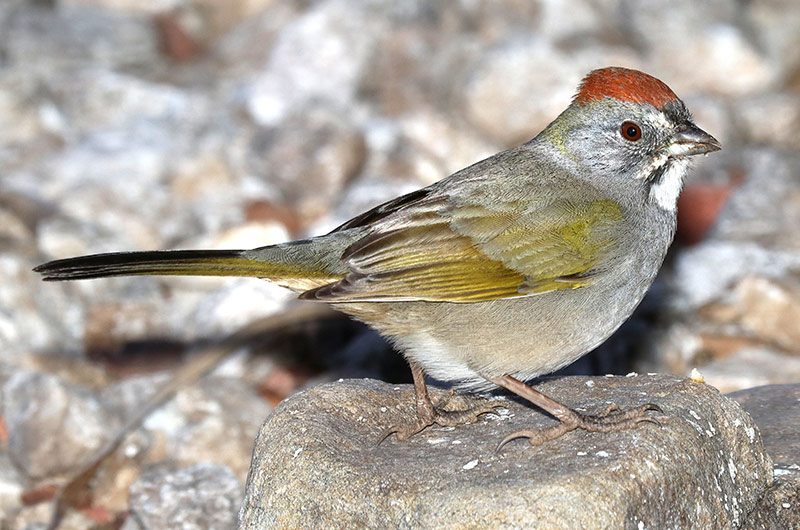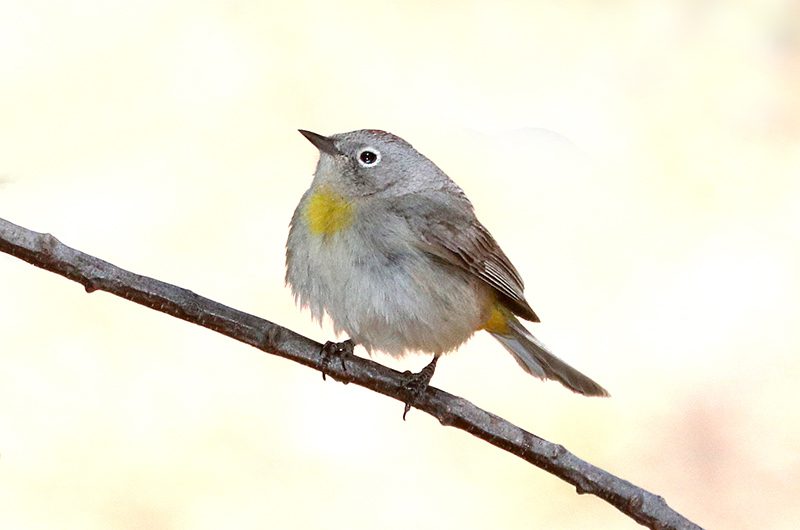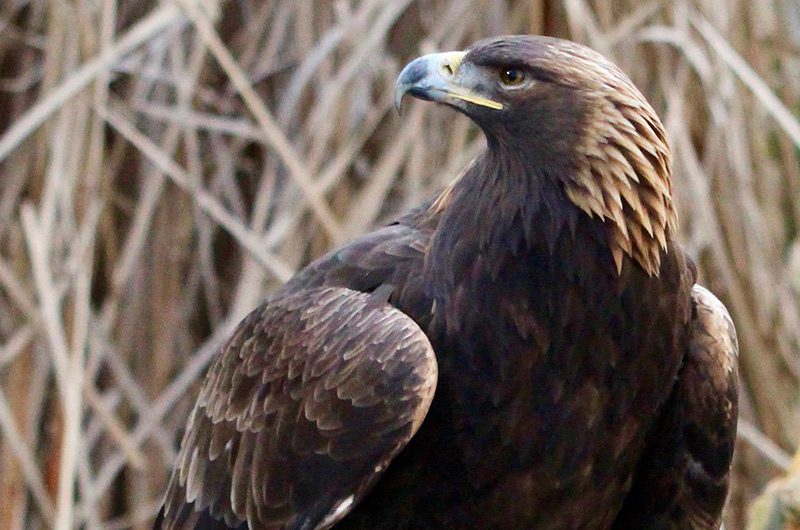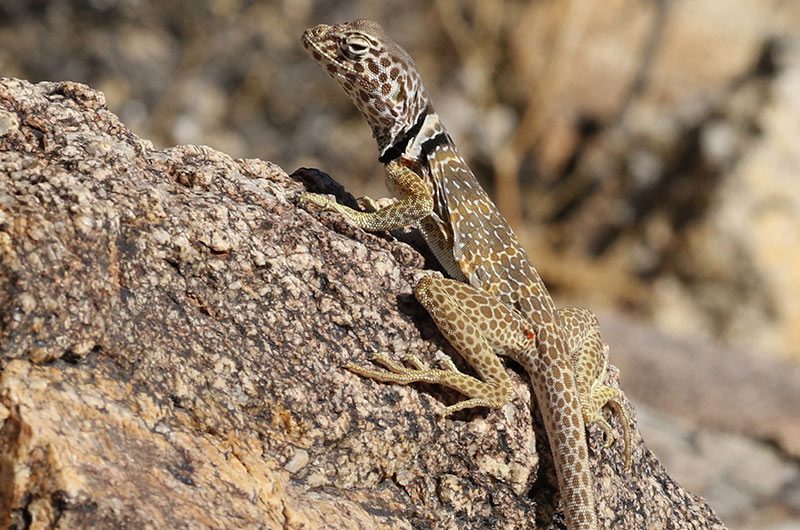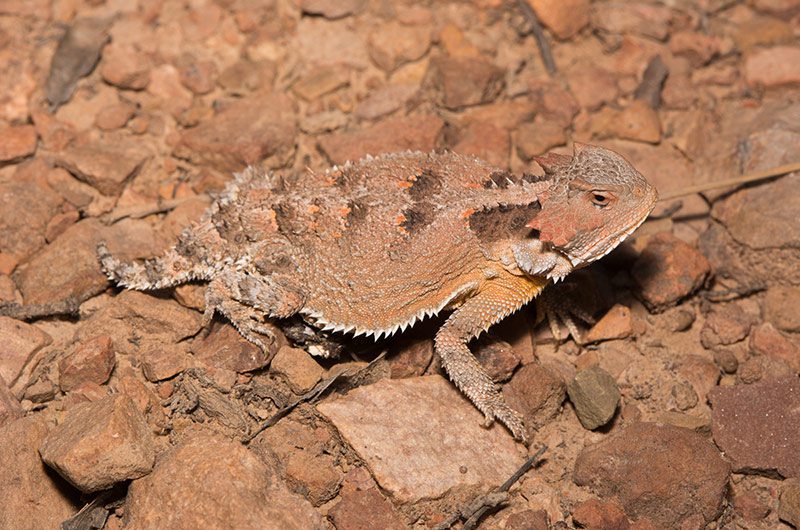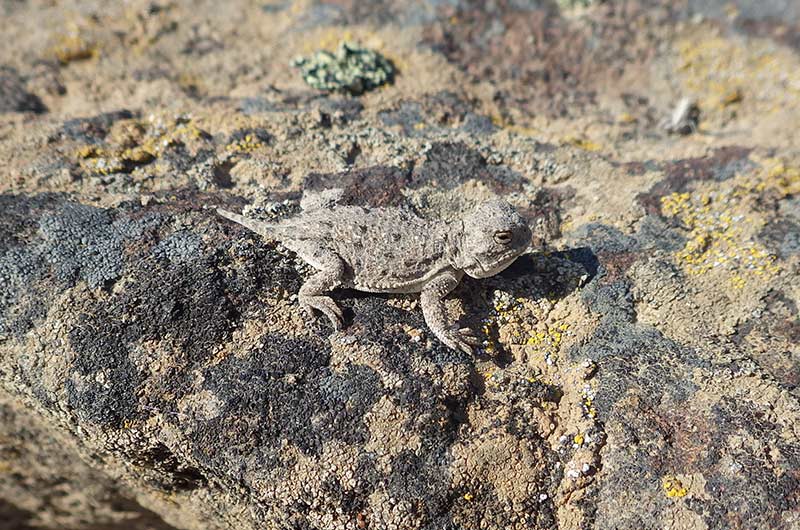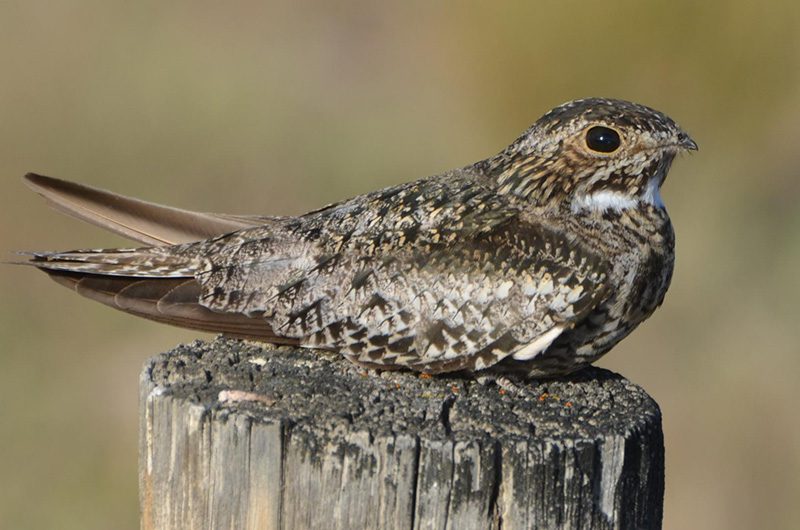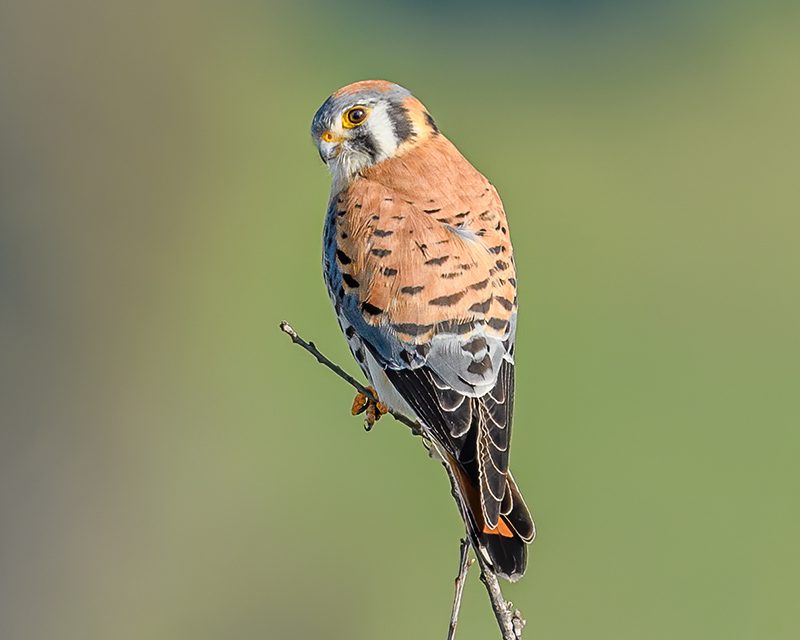LandPKS Learning
Habitat Hub
Factsheets and other helpful resources about the wildlife species living on your land (US only)
Florida Scrub-Jay
The Florida scrub-jay is the only bird endemic (found only) to Florida. They are found on some of Florida’s highest and driest parts, ancient sandy ridges running down the middle of the state, old sand dunes along the Atlantic and Gulf coasts, and sandy deposits along interior rivers.
Read moreGreen-tailed Towhee
Green-tailed towhee pairs may attempt to renest four times or more during the breeding season if a nest fails. They will initiate a nest as late as mid-July, even though many leave the breeding grounds for their winter range by mid-August.
Read moreVirginia’s Warbler
Virginia’s warblers in Arizona nest in drainage bottoms in unusually dry years, instead of their usual nesting sites in drier, higher elevation areas. Nest predation and nest mortality are greater for birds nesting in the drainage bottoms. This could negatively impact populations if climate change leads to increasing drought conditions and more Virginia’s warblers nesting in wetter areas.
Read moreGolden Eagle
Although capable of killing large prey, golden eagles primarily hunt rabbits, hares, ground squirrels, and prairie dogs. It takes a juvenile bird four years to reach adulthood, juveniles typically don’t have territories and don’t migrate far from their natal territories (where they hatched). They disperse and ”hang around” the region for several years.
Read moreGreat Basin Collared Lizard
Collared lizards are one of the only lizards that can run using only their hind legs. They are fast with strides up to three times their body length.
Read moreGreater Short-Horned Lizard
Greater short-horns are the only lizard species found in Alberta and Saskatchewan, Canada.
Read morePygmy Short-Horned Lizard
Pygmy short-horned lizards emerge from a period of inactivity in the spring for mating season, where females give birth to 3-15 young. They are typically sexually mature within two years of birth.
Read moreCommon Nighthawk
Male common nighthawks are known for their dramatic “booming” flight display. When flying above the trees, a male will dive towards the ground and abruptly pull out of the dive, sometimes just above the ground. As he flexes his wings downward, the air rushes across his wingtips, making a booming or whooshing sound. The male may dive to impress a female or scare intruders, such as people.
Read moreAmerican Kestrel
Kestrels hide surplus prey in grass clumps, tree roots, bushes, fence posts, tree limbs, and cavities, to save the food for lean times or to hide it from thieves. In winter in many southern parts of the range, female and males use different habitats. Females use the typical open habitat, and males use areas with more trees. This situation appears to be the result of the females migrating south first and establishing winter territories, leaving males to the more wooded areas.
Read moreLesser Long-nosed Bat
The lesser long-nosed bat pollinates saguaro, cardon, and organ pipe cactus and agave flowers. As the bat feeds on the nectar, the bat’s face and neck fur become covered with pollen. Lesser long-nosed bats also disperse the seeds of the columnar cacti fruits by feeding on them.
Read more
Mobile App | Data Portal | Knowledge Hub | Habitat Hub | Learning Collections | Blog | About | Contact | Support


